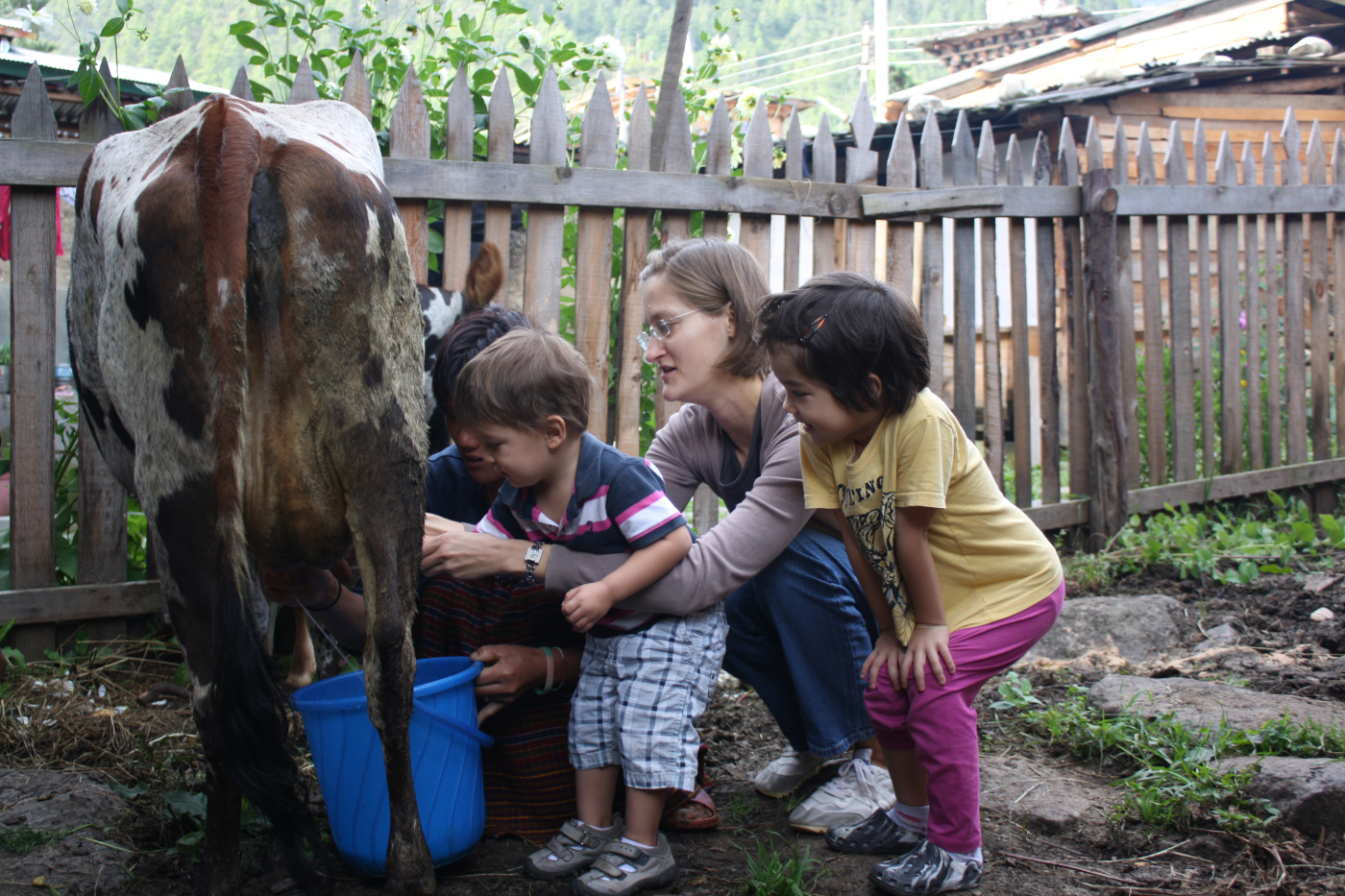Homestays are a subset of peer-to-peer rental accommodations in which the host is always present. (Barry-Dean Dewson via Stray Asia Travel Blog)
+++++++++++++++++++++++++++++++++++++++++++++++++++++++++++++++++++++++++++++++++
Please share with Shareable! Click here to support our coverage of the real sharing economy.
Like shared-use mobility and other sectors of the sharing economy, the peer-to-peer accommodations rental marketplace is new enough that it can be difficult to separate operators’ claims from the facts on the ground. Though substantial peer-reviewed research is still lacking, one P2P accommodations rental company has taken a stab at an early analysis of consumer trends. The Homestay Index is a product of Homestay.com, a Dublin-based website focused on a subset of the P2P accommodations rental industry: homestays, which differ from housing swaps or “whole apartment” Airbnb bookings in that the host is always present.
The conclusions of the Homestay Index need be administered with a fistful of salt. The slender report reads (and looks) like a glossy brochure, and was based largely on Homestay.com usage data and host and guest surveys over the site’s first fifteen months of operation. That said, the study does offer some useful information in terms of homestay demographics and motivations, as well as the way in which the homestay market may be evolving in the online world.

Just over half of reporting Homestay.com guests were 30 or older. (Homestay Index)
According to the Homestay Index—which places heavy emphasis on the Millennial generation as a “natural traveler category”—nearly half of Homestay.com guests were aged 29 or young (29% aged 18-24, 18% aged 25-29). Given P2P accommodation rentals’ combination of low price points and variations in quality, the bias toward younger users is not surprising. It also echoes the trends visible in other areas of the sharing economy, including carsharing and bikesharing. What is worth noting is the significant, if diminishing, presence of guests representing successive decades. Twenty-one percent of Homestay.com guests were 20-39; 15%, 40-49; 11%, 50-59; and 6%, over 60.

Homestay.com users represented a variety of trip types, with unique average stay lengths. (Homestay Index)
The Homestay Index also offers insight into why travelers book homestays. Thirty-eight percent of respondents indicated that they were on vacation, while just under one-third were traveling for education, and 11% for business. When asked why they chose a homestay over another mode of accommodation, 17% of users said they “enjoy staying in a home environment.” “Location” ranked second, at 16%, while “value for money” came in at a surprising third, tied with “local experience” at 14%.

"Enjoy staying in a home environment" ranked highest among Homestay.com guests' stated motivations. (Homestay Index)
Technology-enabled homestays are, as the Homestay Index points out, the Internet-Age continuation of an older model, one geared toward exchange and language-immersion students. At first blush, the plurality of Homestay.com users traveling on holiday or business (together 49% of respondents) suggests that online aggregators like Homestay.com (and Airbnb, through which users can choose between host-present and host-absent accommodations) may be opening the market to new categories of consumers. Of course, it is important to remember that trip type and motivation were self-reported and appear to have been based on multiple-choice surveys, and thus may not accurately reflect a shift in orientation away from education in favor of general travel.
The market projections sketched out in the Homestay Index are light on hard data and heavy on interpretation. It points out, for instance, that only 3% of travelers currently choose private homes over other accommodations, suggesting plenty of room for growth. It also suggests that such growth may already be underway, given that the share of US travelers who have rented private accommodations grew from 8% in 2010 to 14% in 2014. But the in-house growth statistics offered (thousands of listings in over 100 countries) suggest little given the site’s tender age.
As for so much of the sharing economy, the jury is still out on the future of homestays. If nothing else, the Homestay Index—and the very existence of Homestay.com—reminds us that travelers seeking an alternative to conventional accommodations come in search of a variety of experiences. The P2P rental accommodations user is far from monolithic; neither, it follows, is the future P2P rental accommodations marketplace likely to be.

Traditionally oriented toward students, homestays now attract guests from a variety of backgrounds. (Haa Valley Homestay)









